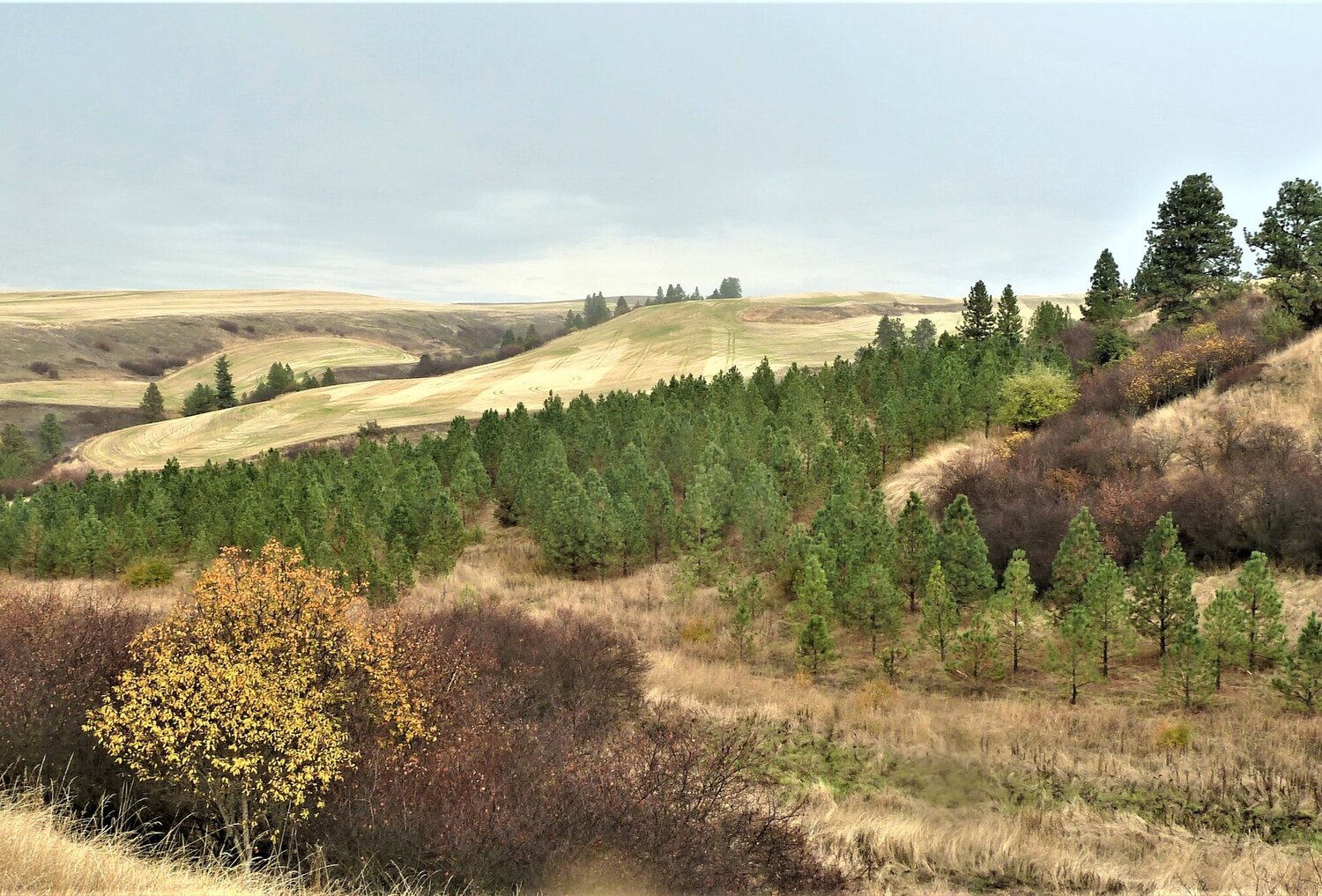Climate change and tribal forest management
For many tribal nations, forests support traditional food systems and are often places of spiritual and ceremonial significance. For some tribes, forests also provide sustainable economies. Healthy forest ecosystems can provide timber, fish and wildlife habitat, regulate water quantity and quality, and provide opportunities for recreation. In addition, forests store carbon to reduce greenhouse gases in the atmosphere and release oxygen to improve air quality. However, forests and the services they provide are vulnerable to the effects of climate change. These effects include rising temperatures, changes to rain and snow patterns, and more frequent and intense drought, wildfire, and insect outbreaks.
Tribal nations are important stewards of forest lands and have been since time immemorial. Many tribes have forest management plans that outline conditions, uses, goals, and management direction for their forest lands. As noted in the most recent Indian Forest Management Assessment Team Report there is a need for increased funding and capacity within tribal forestry programs to support the integration of climate change information into plans. In response, the USDA Northwest Climate Hub is providing technical assistance to Tribes in the region. The goal of this work is to provide additional capacity to help tribal forestry or natural resource programs prepare for and adapt to climate change.
Project summary
The Northwest Climate Hub provides technical support to incorporate climate change science and adaptation strategies into tribal forest management plans. Through a collaborative process, we create climate change resources that are specific to a tribe and their needs and values. Products may include:
- Syntheses of forest climate change vulnerabilities
- Adaptation frameworks
- Decision-support tools
- Library of adaptation strategies and tactics
- Climate adaptation workshops
We are excited to work with more tribes in Idaho, Oregon, and Washington, as well as Alaska Natives. We welcome anyone within the Northwest Climate Hub region to reach out to us.

Ongoing work with the Nez Perce Tribe
The USDA Northwest Climate Hub is currently working with the Nez Perce Tribe, supporting the climate change adaptation capacity of their forestry and fire management program. The Northwest Climate Hub has regular discussions with the Nez Perce forestry and fire management program and their interdisciplinary team to identify ways to integrate climate change considerations into the revised forest management plan. Another goal is to co-create an adaptation framework and suite of decision support resources. This ongoing communication and iterative feedback process is crucial for creating the most relevant and practical resources for Nez Perce forest managers and natural resources staff.
Potential resources
After creating the adaptation framework, the next step will be a workshop to test the functionality of the climate adaptation resources by applying them to real-world, project-level forest management scenarios. Then, the Nez Perce Tribe will determine if and how to use these resources in their forest management plan. The following resources were created to fit the Nez Perce Tribe’s specific needs:
- Climate Change Vulnerability Assessment for Forest Ecosystems. This includes a table summarizing information regarding species-specific soil moisture, temperature, and fire tolerances, as well as insects and disease of concern.
- Forest Management Climate Change Adaptation Framework. This serves as an overarching conceptual approach for making climate change adaptation decisions in forest management. This framework allows managers flexibility in how they approach each step.
- Adaptation Decision Support Guide and Flowcharts. A step-by-step process for managers to reflect on forest management objectives and how climate change vulnerability and adaptation can be built into project-level decisions.
- Fire and Forest Succession Pathways with Climate Adaptation Interventions. This resource builds on seminal work in northern Idaho forest succession and fire ecology. It overlays silvicultural phases on top of forest succession pathways and identifies intervention points along these pathways where climate change adaptation tactics can be implemented.
- Climate Change Adaptation Impact Table. The table evaluates interactions of specific forest management activities with three climate change risk factors: drought, fire, and bark beetles to help inform forest management decisions.

